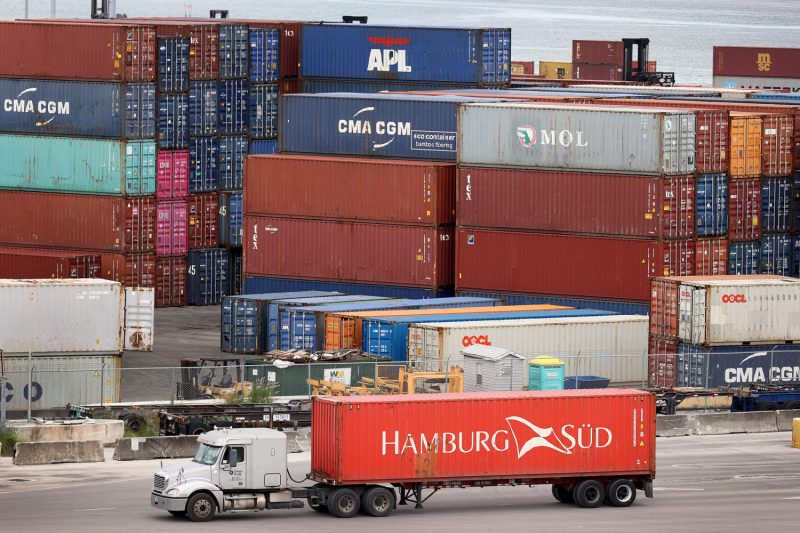Retailers Scramble to Move Billions in Cargo as East Coast Dockworkers Prepare to Strike
The looming threat of a strike by East Coast dockworkers has sent shockwaves through the retail industry as companies race to secure alternate transportation methods for their billions of dollars worth of cargo. The potential strike, which could come as soon as next week, has prompted retailers to take emergency measures to ensure their supply chains remain intact and goods reach store shelves on time.
As one of the nation’s busiest ports, a strike at the East Coast docks would have far-reaching implications for retailers across the country. Major players in the industry, such as Walmart, Amazon, and Target, are already feeling the pressure to find solutions to avoid disruptions to their operations. With the holiday season fast approaching, the timing of a strike couldn’t be worse for retailers who are heavily reliant on timely deliveries to meet consumer demand.
In response to the impending strike, many retailers are exploring alternative transportation options, such as rerouting shipments to West Coast ports or utilizing air freight services. While these options come at a higher cost, they are seen as necessary investments to prevent costly delays and stock shortages. Retailers are also considering increasing inventory levels to buffer against any potential disruptions caused by the strike.
The uncertainty surrounding the strike has created a sense of urgency among retailers, with some opting to expedite their shipping schedules and increase communication with suppliers to stay informed of any developments. Additionally, retailers are working closely with logistics companies and freight carriers to develop contingency plans in case of a prolonged strike.
The impact of a dockworkers’ strike on retailers goes beyond delayed shipments and inventory shortages. It could also lead to higher prices for consumers, lost sales revenue, and damage to brand reputation. With so much at stake, retailers are leaving no stone unturned in their efforts to mitigate the effects of a potential strike and ensure business continuity.
As the clock ticks down to the strike deadline, retailers are bracing themselves for a period of uncertainty and volatility. The outcome of the negotiations between dockworkers and port operators will have far-reaching consequences for the retail industry, and the coming days will be crucial in determining how companies adapt to the changing landscape of global logistics.
In conclusion, the threat of a strike by East Coast dockworkers has thrown the retail industry into a state of flux, with retailers scrambling to find solutions to move billions of dollars worth of cargo. The potential strike serves as a stark reminder of the interconnected nature of supply chains and the delicate balance that exists between labor and commerce. As retailers navigate this challenging period, their ability to adapt and implement contingency plans will be crucial in weathering the storm and maintaining business operations.
